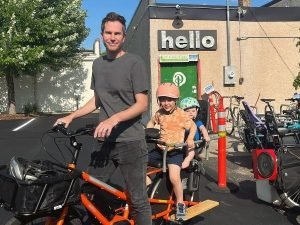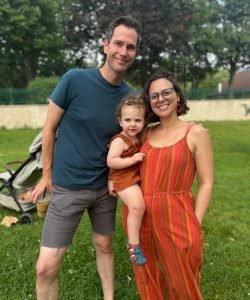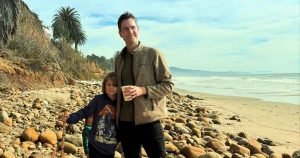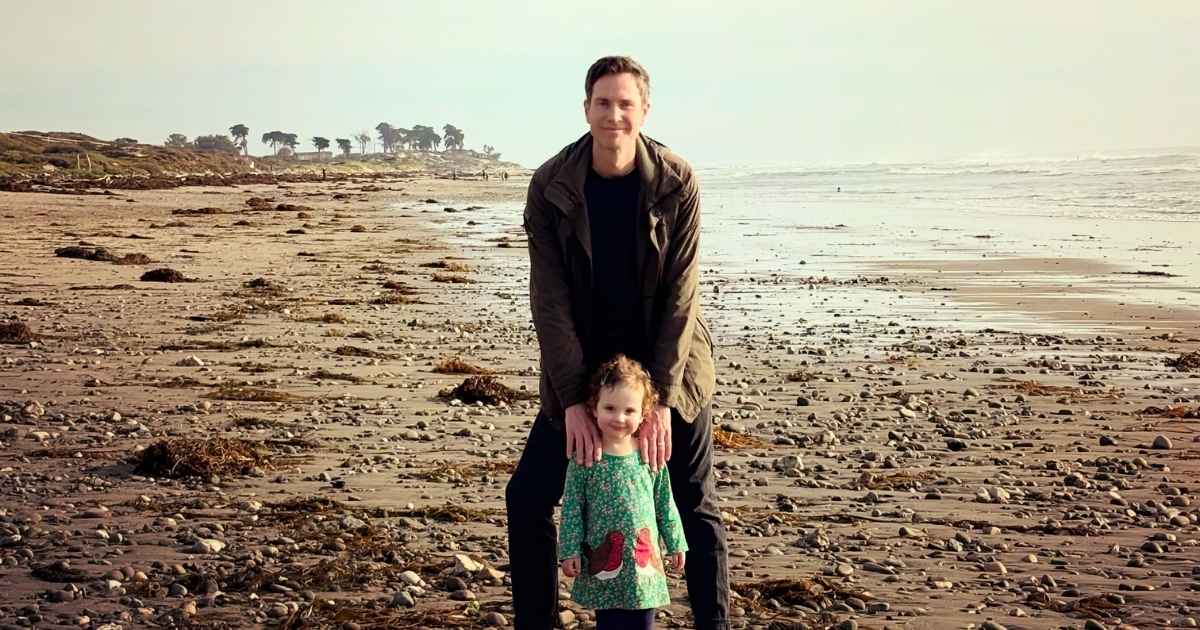
Tell us about yourself. Where did your academic interest begin?
“I grew up in Santa Barbara, CA, which I think is the most physically beautiful place in the country — maybe the world. Unfortunately, as many do in that position, I took the beauty and the climate for granted.
Growing up, I was interested in population facts and figures. I read the 1991 World Almanac and memorized the populations of U.S. cities (I remember being surprised that Minneapolis had only 368,000 despite being so culturally significant). My parents, both elementary school teachers, could clearly see that I was destined to become a demographer and encouraged it all the way. And I haven’t stopped memorizing city populations since.”
What drew you to the field of public health?
“I’m not trained directly in public health, so I came to the field largely through mutual interest in solving problems related to population health. I’m an interdisciplinary scholar, and I collaborate with folks across a dozen fields. Public health draws researchers with a wide variety of theoretical and methodological orientations, which can strengthen not just the rigor of a research project but the reach.”

What’s your research focus?
“I study the effect of housing policy on population health. I’m specifically interested in federal rental assistance programs like public housing and the housing choice voucher program. These programs provide a crucial source of affordable and stable housing for low-income families, who often spend half of their income on rent. Access to these programs can improve physical and mental health across the life course.”
What are the projects that you are working on?
“I’m working on several projects studying public housing as a determinant of health and economic outcomes. My newest project is focused on the long-term effects of living in public housing in childhood on health, aging, and economic security later in life. I’m drawing on the unparalleled data infrastructure and expertise at IPUMS and collaborating with researchers across the University. We’re using 1940 and 1950 census data to identify public housing residents and linking these individuals to their records in other data sources many decades later. If living in public housing early in life has benefits at later ages, we’re going to find them. I’m also joining the IPUMS Health Surveys project as a multiple principal investigator (MPI) alongside MPI Julia Drew during the next project period.”
What courses do you teach, if any?
“I co-teach PubH 6346/6344: Integrated Learning Experience for Epi MPH students with Faye Norby. This is an awesome class, because it allows us to see students apply everything they’ve learned in the program thus far. I also co-teach PubH 6370: Social Epidemiology with Theresa Osypuk. This course is so much fun, because it can be truly a mind-blowing experience for students who have not previously thought about the social causes of illness and disease. Working with students on research is my favorite part of the mentoring process.”

What do you do when you are not working?
“Anyone who knows me well knows that I’m a huge Minneapolis booster — maybe the biggest of any transplant. It’s been my favorite city since long before I moved here. When I’m not working, I’m exploring and immersing myself in what I believe is America’s greatest city. I’m enjoying the nation’s best bicycle infrastructure, an endless walkable street grid of affordable, historic homes, a fantastic restaurant scene, an assortment of coffee shops and breweries that rival most coastal cities, and unique urban lakes surrounded by parkland. I prefer to explore these things with my spouse Heather, my 6-year-old Jules, and my 2-year-old Helene.”
What are you reading or watching right now?
“I’m reading Ta-Nehisi Coates’ newest book The Message, as well as Farewell Transmission by extremely-talented local author Will McGrath. Though the books are very different, both authors skillfully combine meaningful subject matter with deliberate wording, in which every turn of phrase and sentence feels intentionally designed to underscore the emotional gravity.”

